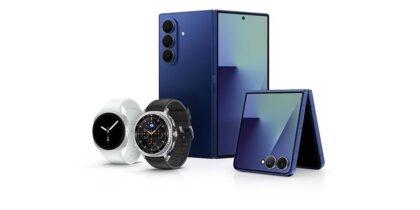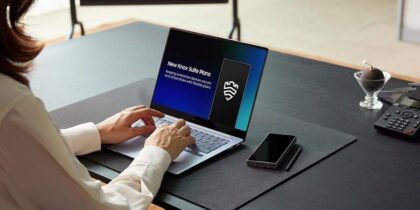In today’s always-connected world, the security of mobile and IoT devices is becoming more of a concern for individuals and businesses alike. During February 2015, Harris Poll conducted a survey of 1,523 adults in the U.S. to discern cybersecurity trends among users of mobile devices. The survey was a follow-up to a previous one conducted in 2012. On completion of the survey, 15 consumers were selected for subsequent, in-depth interviews. The results demonstrated that although cybersecurity is a chief concern, more needs to be done to educate users on how to best protect their devices.
Familiarity with Cybersecurity Is Increasing
Overall, 83 percent of respondents stated that they were familiar with the term cybersecurity, although just 32 percent said that they were “very” or “extremely” familiar with the term. For 75 percent of respondents, the term cybersecurity means protecting their passwords and/or personal data and information, being safe and secure on the Internet and protecting their devices from unauthorized access.
One particular trend that was uncovered is that many respondents find the use of passcodes to be inconvenient, so they prefer to use a basic PIN instead. The use of PINs and passwords has increased considerably since the 2012 survey. However, there is also a move toward the use of biometric identifiers (such as fingerprints) or patterns, as many consider these newer methods easier. The move to biometric identification is being bolstered by manufacturers that are including biometric sensors on their smartphones.
Awareness of Malware Remains Limited
Even though users state that they’re concerned about protecting their personal data, just five percent identified the term cybersecurity with protection from viruses. In fact, the survey uncovered a widespread lack of anti-virus software deployed for mobile devices, with just 40 percent of smartphones and 45 percent of tablets coming with such software preinstalled. From the interviews, it’s apparent that there is a lack of perceived need for such software.
Mobile Banking Use Has Stagnated
Perhaps because of growing familiarity with security issues, there has been very little growth in the use of mobile banking services over the past three years, with just 45 percent of smartphone and 39 percent of tablet users making use of such services, which is almost the same as the situation in 2012. Of those who use mobile banking, 77 percent rely on security measures provided by their bank, primarily because they consider these to be sufficient.
Among interviewees, security was a common theme. While some users avoid mobile banking altogether, some of those who do use mobile banking use it only for limited purposes, such as checking balances and depositing checks, but not for transferring money or making mobile payments. For many users, personal computers are far more trusted for online banking.
Greater Willingness to Store Health Information
Perhaps surprisingly, there appears to be a greater willingness among users to record personal healthcare or medical data on mobile devices so that it can be transferred to a doctor or other healthcare provider, with 52 percent saying that they have done so or would be willing to do so. A slightly higher percentage (58 percent) are willing to use mobile devices for recording personal health or fitness data. However, the question did state that this was for their own personal use only.
The prevailing sentiment appears to be that health information isn’t as sensitive as financial information since malicious actors would be less able to profit from health data. Among interviewees, there was interest shown in the use of wearables for checking on and recording health information, especially among older respondents who see the potential that such technology offers for improving healthcare and treatment options.
Communication Is the Top Use for Mobile Devices
The survey found that communicating via voice, email, text messages and social media is the most common use for mobile devices, as these channels provide a convenient way to stay in touch with friends and family, which was cited by all respondents. Looking for information or using entertainment apps are also popular uses.
Growing familiarity with cybersecurity trends and issues, however, means that other uses are currently still limited, with personal computers seen as more secure for purposes such as mobile banking. To encourage mobile device use for such purposes more needs to be done to convince users that such applications are secure.






